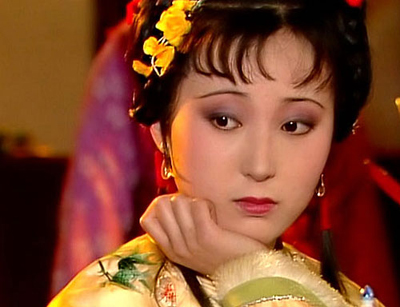As I grew up in Canada, I got to know a lot of immigrants who moved from non English speaking countries. When they first arrived, they could barely say a word in English. However a year or two later, they could converse in English with no problem.
When I first arrived in Taiwan, I assumed the same thing would happen here. Sure, I couldn’t speak any Chinese when I got here, but give me a year or two and I’d be fluent! However, after a year or two, I came to the realization that I could still barely speak any Chinese. Why was that? Was I that bad at learning the language?
The truth was, I hadn’t put much effort into learning the language. Why would I need to? I live in Taiwan! I hear Chinese all around me, and see Chinese characters where I look. So what was the problem?
The problem, it turns out, came from the characters. When people learn English for the first time, they usually start with the alphabet, then work their way up from there. When learning Chinese though, many students (myself included) skip learning characters, as they are too complicated. Instead, we focus just on listening and speaking – using pinyin as our writing system. What’s wrong with that?
Back to how people learn English – a lot of the learning comes from reading. When we hear this, we assume they are learning from reading children’s storybooks, but this is only a part of the learning. A bigger part of learning comes from being out on the streets in an English environment.
You know it’s a bank, because of the ATM in front of it, and you see the word “bank” on top. You’ll start to recognize this word, as you’ll see it on every bank that you see. So eventually your brain will recognize this word as meaning bank, even though you may not have consciously taken note of it. If you’re really eager, since you’ve learned the alphabet, you might even try to pronounce “b-a-n-k” in your head, so that you can reproduce this word in the future, should you ever need it.
Now extend this typ e of experiential learning throughout your daily life in a new country and you can see how you can quickly learn the language just by reading the titles of all the objects and places you’re interacting with regularly.
e of experiential learning throughout your daily life in a new country and you can see how you can quickly learn the language just by reading the titles of all the objects and places you’re interacting with regularly.
Now compare this with trying to learn Chinese in a similar manner. You see a bank in front of you and recognize it as a bank (after all it’s the same Citibank you’re familiar with) and try to associate it with the equivalent word in Chinese, but this is what you see instead.
Since you haven’t learned any characters, it takes a lot more effort to recognize that 銀行 refers to the word “bank” in Chinese. Even if you could recognize those characters, it would be a lot harder to reproduce this later on, since you won’t know how it’s pronounced. As a result, in most cases, the brain just ignores what it can’t understand.
This results in a lot of wasted learning opportunities with all the signs in Chinese we see in front of us on a daily basis. Imagine how fast your Chinese would improve if you could read each sign and figure out what it was referring to. That’s the edge most people are missing.
So what’s the solution? Unfortunately, it’s not as simple as just learning the Chinese alphabet first, since there isn’t one. Instead you have to go through the process of learning each character, one at a time, and hopefully maintain your character recognition skills with the vocabulary you’re learning.
The current CLO course has an emphasis on listening, leaving you to learn the character portion on your own, using the available transcripts. For those interested in emphasizing characters more though, I’ve recently begun work on a new course, that is based around the same CLO course material, but with an emphasis on reading and typing Chinese. Create a free account and try it out today!





